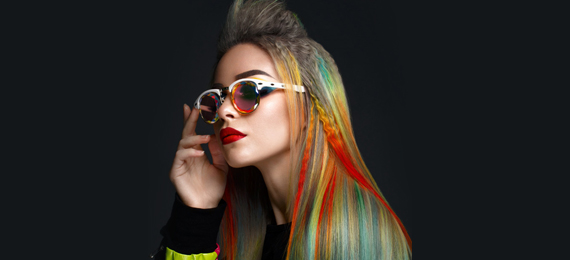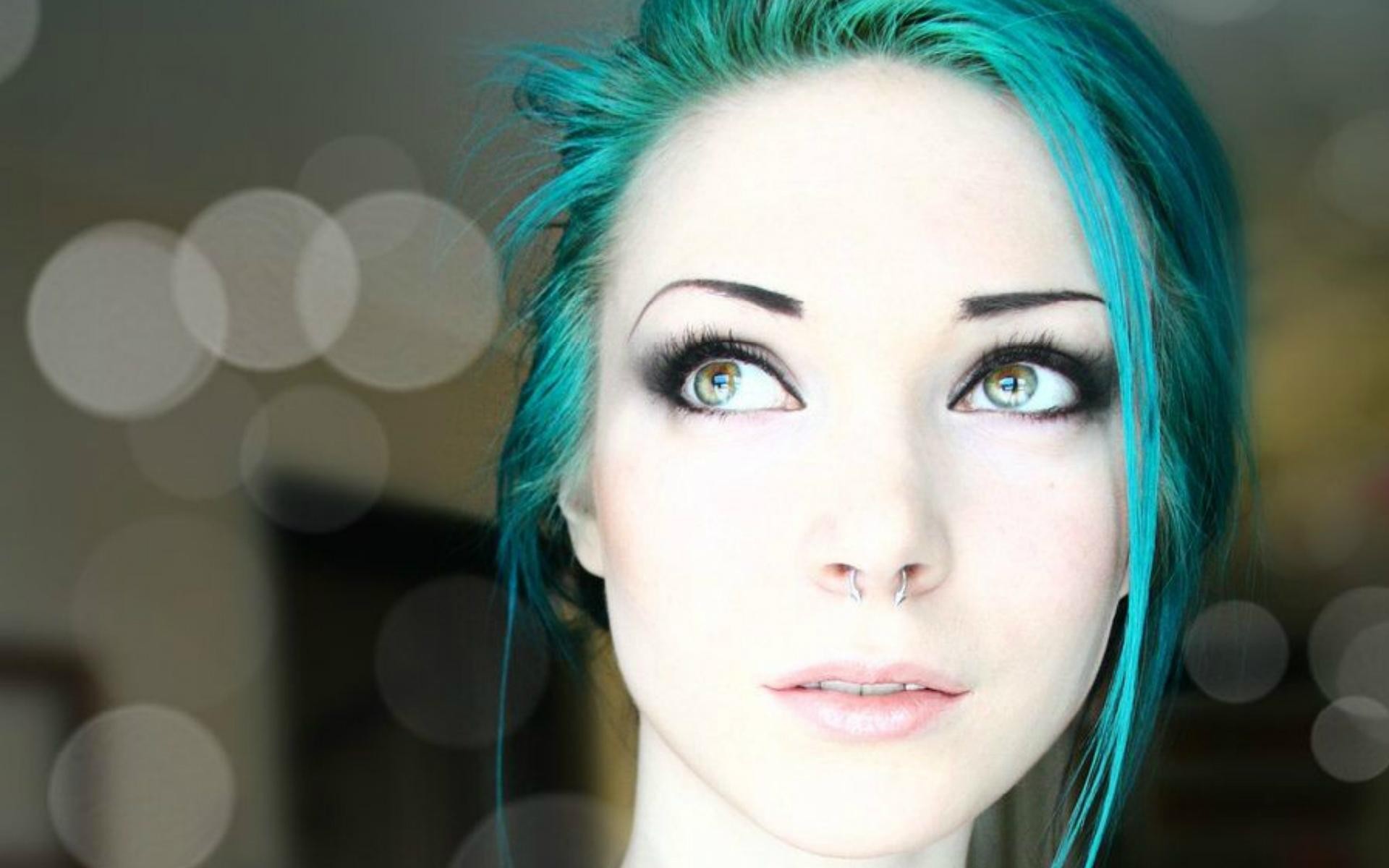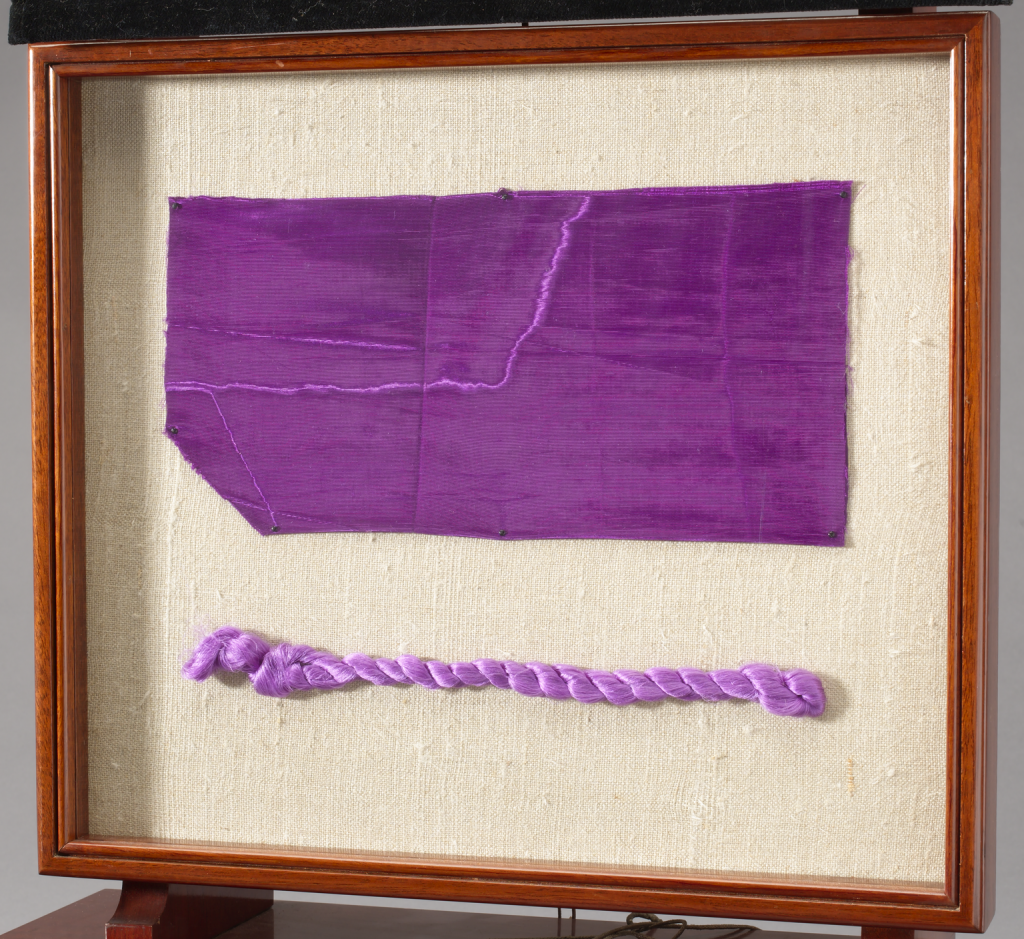Table Of Content
- When Was Hair Dye Invented? When Did Coloring Become Popular?
- Why is eSalon the Best Home Hair Color?
- “The Evolution of Hair Dye: A Timeless Pursuit of Beauty and Expression”
- Watch and learn: The history of hair dye.
- – How Hair Dye Was Used in the Victorian Era
- The History of Hair Dye Colors
- The History Of Hair Dye – A Timeline

Our Radiant Cream Color is free from PPD, ammonia, resorcinol, phthalates, parabens and gluten, and includes nourishing ingredients like argan oil, keratin, and ginseng root extract. We think nutrient-rich hair color made from ingredients you can feel good about is the way of the future, but we’ve decided to start now. The Renaissance period saw a resurgence of interest in art, science, and beauty, leading to increased experimentation with hair dye.
When Was Hair Dye Invented? When Did Coloring Become Popular?
Throughout the latter half of the 20th century, advancements in hair dye technology continued, with the development of new formulas and techniques, such as highlighting, lowlighting, and balayage. Over time, hair colouring became an integral part of fashion and self-expression, with individuals using colour to make bold statements and embrace their unique identities. The 20th century saw significant advancements in hair dye technology, with an explosion of new colours, formulas, and techniques. During the 1920s and 1930s, hair dye became increasingly popular, with women embracing bold and vibrant shades like platinum blonde, jet black, and even shades of blue and green. During this time, societal norms and fashion trends influenced the popularity of certain hair colours.
Why is eSalon the Best Home Hair Color?
The years of the COVID pandemic saw a huge shift in beauty services, as many salons were closed to in-person appointments. Left to our own devices (or boredom and creativity), we did a lot of experimenting at home. As knowledge of the dangers of chemical hair dyes spread in the late 1800s, safer alternatives started appearing.
“The Evolution of Hair Dye: A Timeless Pursuit of Beauty and Expression”
Ancient Egyptians were among the first civilizations to master the art of hair coloring. They colored both their natural tresses and wigs made from human or animal hair. In the 1800s, hair dye was made from a variety of natural substances, including plants, minerals, and insects. Hair dye is used for a variety of reasons, including to cover gray hairs, to change the natural color of the hair, or simply to enhance the existing shade. Today, hair bleach is still a popular hair coloring product, with a wide variety of formulations and techniques available. People have been coloring their hair with a variety of natural chemicals for a very long time, extending back to ancient civilizations.
Watch and learn: The history of hair dye.
"Actual color has come extremely far as well over the years ingredients that derive from plants and small amounts of ammonias are now used to help with vibrancy and longevity." In May of 2014, while most of the population was embracing sombré and other, more natural-looking hair color techniques, Kylie Jenner took the opposite approach and made her first major hair color transformation. The youngest Jenner sister set herself apart with the now-iconic teal blue tips. Little did we know this would be the first of many vibrant hair colors for Jenner. Various combinations of primary intermediates and coupler compounds provide a spectrum of shades of hair colors. The primary intermediates are aromatic para compounds, such as 1,4-diaminobenzene or 4-aminophenol.
Whether it’s a subtle change or a bold transformation, hair color can be a way for individuals to stand out, express their creativity, and embrace their unique identity. From Ancient Egypt to modern-day America, hair color has been a consistent beauty trend. Our methods and options have changed dramatically through history, but the interest in the potential of hair color remains unchanged. For centuries, hair color has been a vital part of a woman’s beauty routine. And, in more recent decades, it’s become a way for women to express themselves with bold color statements, enhance their natural hues, and upend traditional beauty ideals. The 1950s and 1960s saw the rise of at-home hair dye kits, allowing individuals to easily and affordably change their hair colour without visiting a salon.
Megan Fox Just Dyed Her Hair Blue - NewBeauty Magazine
Megan Fox Just Dyed Her Hair Blue.
Posted: Wed, 03 Apr 2024 07:00:00 GMT [source]
The History of Hair Dye Colors
L'Oreal, one of the hair product giants, has grown steadily over the years; the company credits advanced and applied research of new product development and expansion into markets around the world with its global success. Of course, that doesn’t mean that there haven’t been and won’t continue to be advancements in the science of dyeing hair. The future will no doubt continue to evolve with gentler formulas and more intense colour options continuously being released and marketed in salons and for at-home use. But natural dyes only coat the hair temporarily, and people wanted chemically altered tresses. Analyzing hair samples has revealed that the Greeks and Romans used permanent black hair dye thousands of years ago. They mixed substances that we know today as lead oxide and calcium hydroxide to create a lead sulfide nanoparticle, which forms when the chemicals interact with sulfur linkages in keratin, a protein in hair.

For example, in ancient Egypt, only the wealthy and influential were able to afford expensive dyes made from rare and exotic ingredients. Miss Clairol was a revolutionary product because it allowed people to color their hair at home, rather than having to visit a salon. In the third and final step, the product from the quinonediimine-coupler reaction oxidizes to the final hair dye. Demi-permanents are much more effective at covering gray hair than semi-permanents, but less so than permanents. These are some of the most typical inquiries regarding the creation of hair dye.

The History Of Hair Dye – A Timeline
Reports show that by 2025, the global hair color market is expected to be worth around $28 billion, implying continued high demand for hair color and hair products in general. In the coming years, we can expect to see even more personalised hair colour experiences, with digital tools and AI helping to create customised shades tailored to each individual's unique needs and preferences. Additionally, as societal attitudes toward hair colour continue to evolve, we can anticipate new trends and styles that push the boundaries of creativity and self-expression. Throughout its history, hair dye has had a significant cultural impact, influencing fashion trends, societal norms, and personal expression. Hair colour has been used as a form of rebellion, a way to fit in, or simply as an expression of individuality. Temporary hair colour, on the other hand, offers an even more flexible option, allowing individuals to change their hair colour for just a few days or even a single event.
9 Best Hair Dyes for Dark Hair (Reviewed for 2024) - Cosmopolitan
9 Best Hair Dyes for Dark Hair (Reviewed for .
Posted: Tue, 03 Jan 2023 08:00:00 GMT [source]
In the Islamic world, henna was widely used for hair dyeing, often mixed with other ingredients like indigo, saffron, or lemon juice to create a range of colours from red to dark brown. The use of henna was not only for cosmetic purposes but also had religious significance, as it was believed to bring blessings and protection. The addition of silicon and other similar ingredients to conditioners had greatly reduced the amount of damage caused by repeated dyeing of the hair. Constant research continues to produce products that work at hair’s molecular level.
Now that we’ve explored the beginnings of modern hair dye, it’s time to dive into its ancient history. In the following section, we’ll break down the progression of hair dye from the first instances to modern dye kits. The journey of modern hair dye began with the invention of synthetic hair dye.
The percentage of each pigment present determines hair color, but gray hair has no pigment at all. Today’s hair dye products work with this pigment, removing the natural color and then adding the new color. Hair dye does not affect the new growth of hair, which will appear as the original natural color as it grows in. Once PPD was discovered, chemists started creating dyes in a wider variety of shades. They began experimenting with different formulas, and hair coloring officially became a big business. The emphasis was still on all over, natural-looking color and gray coverage.
Though some saw it as a way to enhance beauty, others viewed it as a sign of vanity and immorality. An article in The Spectator noted in 1854 that “dying or tinting the hair…is a practice which should be discouraged” due to its association with “the lowest class of society” at the time. Still, many women continued using these dyes throughout the era for their desired looks. At first, henna and other plant-based dyes were boiled and applied directly to the hair in order to give it a reddish hue. However, these dyes typically did not last long and could be difficult to remove if desired. Customers have been requesting cleaner formulas that move away from the origins of industrial dye in coal tar.
Flying in the face of other chemists who found the development of hair coloring trivial and unworthy of their time, French chemist Eugene Schuller created the first safe commercial hair coloring in 1909. His invention was based on a new chemical, paraphenylenediamine, and provided the foundation of his company, the French Harmless Hair Dye Company. A year later, the name was changed to one that is more familiar today -- L'Oreal.

No comments:
Post a Comment